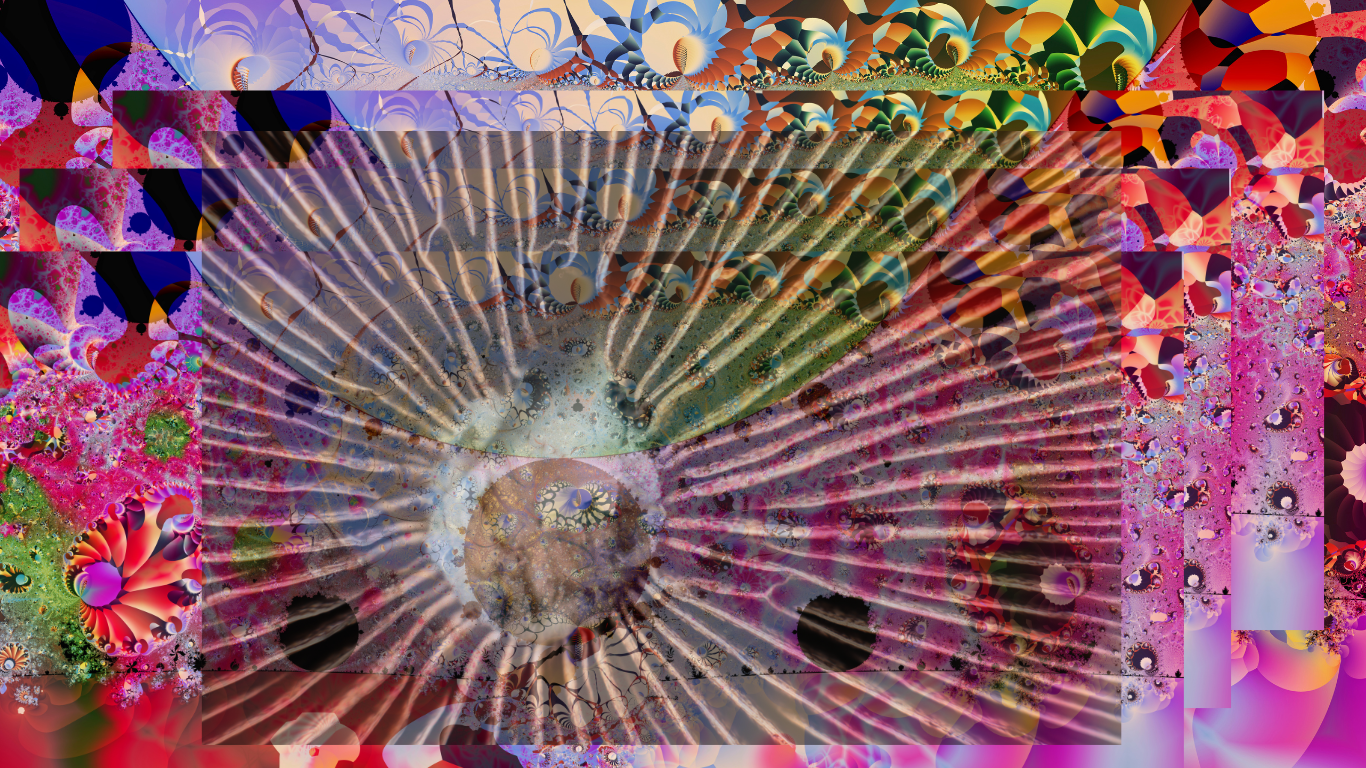
“If your hate could be turned into electricity, it would light up the whole world.”
― Nikola Tesla

WE’RE HERE TO HELP EARTH.
-

Dream it.
Everything we create begins with an idea. So, maybe you too want to launch a business. Maybe you too want to turn a passion into something more. Or maybe you too have a burning desire and definiteness of purpose to share with the world.
We are a mycelial movement in pursuit of new scientific discoveries and inventions in effort to preserve biodiversity, sustain life on Earth, and to advance space migration. Myco Industries Group is committed to advancing mycological science and desirous of creating sustainable value networks with local, state, and federal governments for mycological application, research, and development.
-

Build it.
MYCO-PACKAGING with biopolymers
MIG Goals:
Reduce materials, via source reduction.
Replace virgin materials with post-consumer recyclables.
Redesign packaging to use materials more optimally.
Replace pollutive plastics with biopolymers.
-

Grow it.
Mycelium is composed of natural polymers, chitin, polysaccharides, and proteins. The concentration of these components depends on the types of substrates it uses as a food source, which determines the properties of the materials synthesized. A plethora of evidence points to future large scale mycelium-based material product development and exponential scaling market demand.
Mycelium is a natural polymeric composite fibrous material. It can be used to grow strong and compostable material in different shapes and sizes, such as fabricated bricks and meat alternatives.
-
Meet Living Factories
Mycelia are the vegetative rootlike structures of mushrooms, consisting of masses of branching, hyphae. Hyphae self-organize into intricate 3D forms ie. moldings, versatile and flexible sheets, and solid bricks.
This is a novel category of self-creating natural composite material with varying tunable, mechanical, and structural properties, and is exemplary of circular economics.
-
Mycoremediation and Mycofabrication
Mycoremediation and mycofabrication are two important applications of fungi, particularly mycelium, in environmental remediation and material production, respectively.
Mycoremediation: This is the process of using fungi, primarily mycelium, to remediate or clean up contaminated environments. Fungi have an exceptional ability to break down and metabolize various pollutants, including petroleum hydrocarbons, heavy metals, pesticides, and even some types of plastics. Mycelium can effectively biodegrade or immobilize these contaminants, converting them into less toxic substances or sequestering them. Mycoremediation is an eco-friendly and cost-effective approach compared to many conventional remediation methods used today.
Mycofabrication: This involves using mycelium as a raw material to create sustainable and biodegradable products. Mycelium is a possessor of unique and novel properties that make it an excellent alternative to mass adopted materials such as plastics, foams, and construction materials. By growing mycelium in regulated conditions and shaping it into desired forms, it's possible to produce a wide array of biodegradable products, including packaging materials, insulation, textiles, and building structures. Mycofabrication offers a sustainable alternative to traditional manufacturing processes, as it relies on renewable resources and produces minimal waste streams and in some cases net negative carbon footprints.
Myco Industries Group is committed to leveraging mycotechnology for environmental sustainability and innovative material production. By applying mycological solutions in these areas, the company contributes to addressing urgent environmental challenges through biomimetics and thus the development of sustainable practices and products.

Homage to the westerdijk institute.
M.I.G. is humble offspring of the research and development efforts of scientific communities from around the world and one of many organizations carrying a torch of planetary wisdom.
We extend our gratitude and respect to the Westerdijk Fungal Biodiversity Institute part of the Royal Netherlands Academy of Arts and Sciences and most especially the late Johanna “Hans” Westerdijk, the first female professor in Netherlands history for their exemplary contributions to the field of mycology for without their invaluable work our pursuits would only be a small flicker of light in an even larger dark abyss.
Video source and credit to Westerdijk Fungal Biodiversity Institute. https://youtu.be/PkYoaf-U-os

MIG is diligently working toward new innovative solutions for the plastic waste pollution afflicting our planet. One of the leading species of interest is Pleurotus ostreatus commonly known as the oyster mushroom, which has the ability to eat plastic.
FUNGI MUTARIUM
Video source and copyright of Livin Studio in collaboration with Utrecht University. This project was funded by the Bio Art and Design Award and generously supported by Utrecht University.
The Bio Art and Design Award is a collaboration between NWO (Dutch Research Council- Earth and Life Science, Humanities, The Hague), ZonMW (Medical Research Council, The Hague), MU Artspace (Eindhoven) and Waag Society (Amsterdam).
Credits of project: Katharina Unger and Julia Kaisinger for LIVIN Studio
Research partner: Utrecht University, Prof. Dr. Han Wösten, Kasia Lukasiewiecz
https://vimeo.com/113939710


